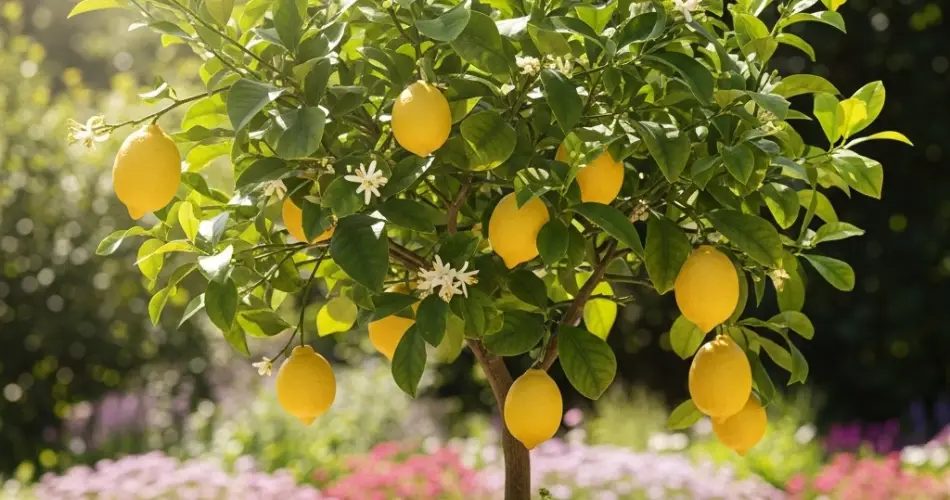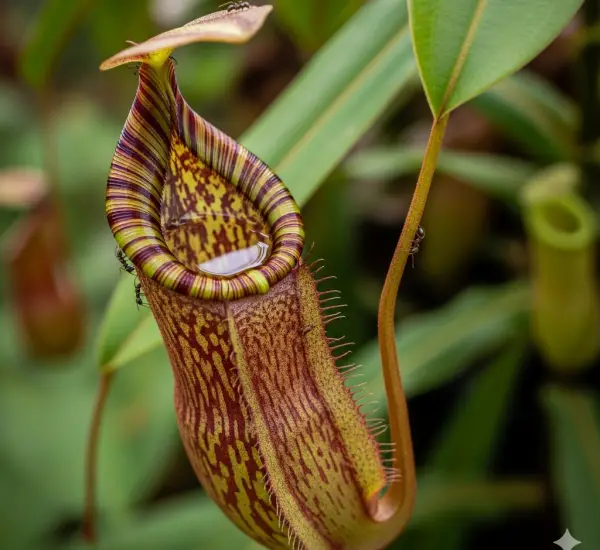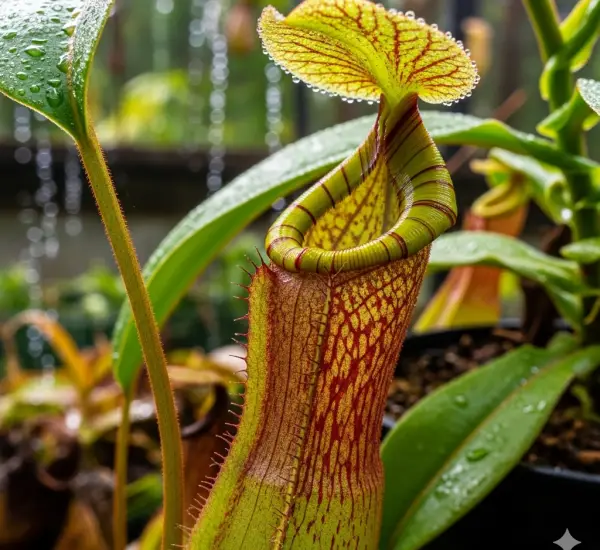Lemon trees bring a fresh, citrusy charm to any home—not only with their glossy green leaves and fragrant blossoms but also with the promise of homegrown fruit. While lemon trees are often associated with sunny orchards and warm climates, they can thrive indoors when given the right care. Growing a potted lemon tree indoors allows you to enjoy the beauty and bounty of this citrus favorite, even in colder climates or limited outdoor spaces.
Here’s everything you need to know to successfully grow and care for a potted lemon tree indoors.
1. Choose the Right Variety
Not all lemon trees are well-suited for indoor life. Look for dwarf or compact varieties that are bred to thrive in containers.
Recommended varieties:
-
Meyer lemon: A hybrid between a lemon and a mandarin orange. It’s sweeter than traditional lemons, compact, and ideal for indoor growing.
-
Ponderosa lemon: Produces large, tart fruit. Needs a bit more space but can grow indoors with proper care.
-
Improved Meyer lemon: Disease-resistant and highly productive in pots.
These varieties are more adaptable to indoor environments and can fruit well with proper lighting and care.
2. Use the Right Container
Your lemon tree needs room to grow, so select a container that’s at least 12–14 inches in diameter with drainage holes. Over time, you may need to repot into a slightly larger container as the tree matures.
Choose a lightweight plastic or resin pot for easy movement, or use a wheeled plant stand to shift it toward light sources as needed. Ensure there’s a saucer underneath to catch excess water and protect your floors.
3. Provide Adequate Light
Lemon trees need 8 to 12 hours of bright light per day to stay healthy and produce fruit. Place your tree near a south- or west-facing window where it can soak up the most sunlight.
If your home doesn’t receive enough natural light, supplement with a full-spectrum grow light positioned a few inches above the plant. Use a timer to provide consistent light during shorter winter days.
Rotate the tree every week to encourage even growth and prevent it from leaning toward the light source.
4. Water Consistently, But Don’t Overdo It
Indoor lemon trees are sensitive to both overwatering and underwatering. Keep the soil evenly moist, but not soggy.
Watering tips:
-
Water when the top 1–2 inches of soil feel dry to the touch.
-
Reduce watering in winter when the tree grows more slowly.
-
Ensure excess water drains freely to prevent root rot.
Yellowing leaves can signal too much water, while curling or dry leaves may indicate the tree needs more moisture.
5. Maintain Proper Humidity and Temperature
Lemon trees prefer a warm, humid environment similar to their native Mediterranean climate.
-
Keep indoor temperatures between 65°F and 75°F (18°C–24°C) during the day and no lower than 55°F (13°C) at night.
-
Avoid placing the tree near drafts, heaters, or air conditioning vents.
-
Increase humidity with a humidifier, pebble tray, or by misting the leaves with water a few times a week.
Maintaining consistent humidity helps prevent leaf drop and encourages healthy growth.
6. Feed with the Right Fertilizer
Lemon trees are heavy feeders and need regular nutrients to grow and fruit indoors. Use a balanced, slow-release citrus-specific fertilizer or a liquid fertilizer high in nitrogen, following package instructions.
Fertilize every 4 to 6 weeks during the growing season (spring and summer) and reduce feeding in fall and winter when the tree enters dormancy.
Iron, magnesium, and zinc are also important micronutrients for citrus health, so consider a well-rounded fertilizer blend.
7. Prune for Shape and Health
Pruning helps manage the tree’s size and promotes better air circulation and light penetration.
-
Remove any dead, damaged, or crossing branches.
-
Trim leggy growth to encourage bushier branching.
-
Prune lightly after the main fruiting season or in late winter before new growth begins.
Regular pruning keeps your lemon tree compact and attractive, especially in limited indoor space.
8. Pollinate Flowers by Hand
Since there are no bees indoors, you’ll need to hand-pollinate your lemon tree to encourage fruit production. When flowers bloom:
-
Use a soft brush or cotton swab to gently transfer pollen between flowers.
-
Repeat the process daily while the tree is in bloom to maximize fruit set.
Meyer lemons often self-pollinate, but hand-pollination improves the chances of fruiting indoors.
9. Watch for Common Pests
Indoor citrus trees can occasionally attract pests such as spider mites, aphids, or scale. Check leaves regularly—especially the undersides—for signs of pests.
Control methods:
-
Wipe leaves with a damp cloth or mild soap solution.
-
Use insecticidal soap or neem oil for more serious infestations.
-
Quarantine new plants before introducing them to your space.
Keeping your tree clean and inspecting it regularly can prevent pest problems from becoming serious.
Final Thoughts
A potted lemon tree is a beautiful and productive addition to any indoor garden. With the right care, you can enjoy fragrant blossoms and zesty lemons from the comfort of your home. From proper lighting and watering to regular feeding and pruning, every detail plays a role in your tree’s success. Whether you’re slicing lemons for tea or enjoying their fresh aroma, the joy of homegrown citrus is well worth the effort.



